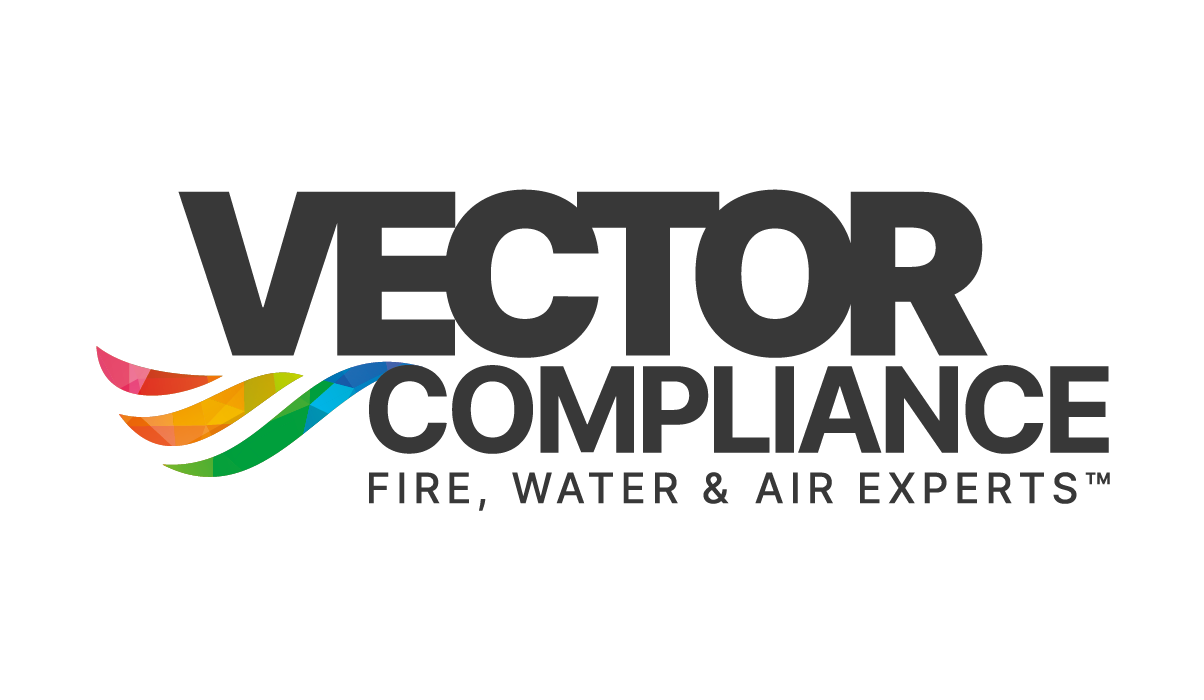Written Control Schemes & Water Safety Plans
Written Control Schemes and Water Safety Plans
A Legionella control scheme, also known as a Legionella management plan, is a structured and comprehensive strategy designed to prevent, monitor, and control the growth and spread of Legionella bacteria in water systems. Legionella control schemes are crucial to reduce the risk of Legionnaires' disease, a severe form of pneumonia caused by inhaling airborne water droplets or particles contaminated with Legionella.
Key components of a Legionella control scheme may include:
Risk Assessment and Management: Conducting a thorough risk assessment to identify potential sources of Legionella, assess the risk level, and prioritize control measures accordingly.
Water System Evaluation: Analyzing the design, operation, and maintenance of water systems to identify potential areas for Legionella growth and spread.
Water Sampling and Testing: Regular sampling and analysis of water from various points in the system to detect the presence and levels of Legionella bacteria.
Preventative Measures: Implementing engineering controls such as temperature control (maintaining hot water at high temperatures and cold water at low temperatures), proper disinfection (e.g., chlorination), and anti-corrosion measures to prevent bacterial growth.
Cleaning and Maintenance: Establishing routine cleaning, disinfection, and maintenance schedules for water systems and ensuring proper upkeep of equipment to minimize bacterial proliferation.
Record-Keeping and Documentation: Maintaining detailed records of water system management activities, monitoring results, corrective actions, and employee training to track compliance and facilitate audits.
Emergency Response Plan: Developing a plan to respond to Legionella outbreaks or unexpected incidents, including steps for notification, investigation, remediation, and communication with relevant stakeholders.
Training and Education: Providing training to employees and stakeholders on Legionella awareness, prevention, and the importance of adhering to the control scheme.
Regular Audits and Reviews: Conducting periodic audits and reviews of the control scheme's effectiveness, updating the plan as needed to reflect changes in the water system or best practices.
By implementing a well-designed and executed Legionella control scheme, organizations can effectively manage the risks associated with Legionella bacteria and contribute to a safer environment for individuals using the water systems.

